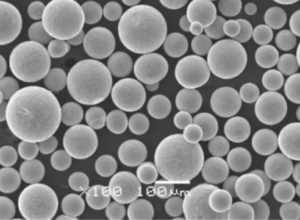コバルト(Co)は現代産業において極めて重要な元素であり、その粉末は数え切れないほどの用途があります。金属粉の世界に飛び込むと、純コバルト粉、または “;純Coパウダーしかし、コバルト粉末が傑出しているのはなぜでしょうか?この包括的なガイドでは、その組成から用途、仕様、利点、さらには利用可能なコバルト粉末の種類に至るまで、純コバルト粉について知っておく必要があるすべてを分解します。経験豊富な業界プロフェッショナルの方でも、研究を始めたばかりの方でも、この記事ですべてを網羅できます。
ピュアCoパウダーの概要
純コバルト粉末は、航空宇宙、エレクトロニクス、さらにはヘルスケアなど、様々な産業で定番となっている微細な金属材料です。強度、耐摩耗性、高温下での安定性で知られる純コバルト粉末は、高度な用途にも日常的な用途にも様々な用途がある。また、合金元素としても使用され、他の金属と混合してその特性を高めることができる。つまり、コバルト粉末は、高性能と耐久性が譲れない産業にとって非常に貴重な材料なのである。
ピュアCoパウダーの主な特徴
- 高融点: 純Coパウダー の融点を誇り、高温用途に最適である。
- 磁気特性: 強磁性体であるため磁化することができ、電子機器やバッテリー技術に特に有用である。
- 耐食性: このパウダーは酸化や腐食に強く、ジェットエンジンやガスタービンのような過酷な環境下での用途に適している。
- 硬度: コバルト粉末はその優れた硬度と耐摩耗性で知られ、コーティングや切削工具に適している。

純コバルト粉の種類
今、我々は何を理解している。 純Coパウダー では、どのような種類があるのか見てみよう。コバルト粉末は、その組成、粒度、製造工程によって、それぞれの用途に最適化されています。ここでは、コバルト粉末の種類とその特性を一覧表にまとめました。
| タイプ | 説明 | 用途 | 特徴 |
|---|---|---|---|
| 超微粒子コバルトパウダー | 通常1ミクロン以下の極めて小さな粒子で構成されている。 | 3Dプリンティング、エレクトロニクス、ファインコーティング用途に使用。 | 表面積が大きく、細かい表面処理に最適。 |
| コバルトカルボニル粉末 | コバルトカルボニルから作られ、非常に純粋なコバルト含有量を提供する。 | 磁性材料や化学触媒に最適。 | 高純度で均一性が高く、電子用途に最適。 |
| コバルト電解パウダー | 電解プロセスにより、粒径の大きな高純度パウダーが得られる。 | バッテリー技術、超合金。 | 優れた化学的安定性と導電性 |
| コバルト球状粉末 | 微粒化によって作られ、非常に球状の粒子を形成する。 | 金属射出成形、3Dプリンティング、粉末冶金。 | 積層造形に不可欠な優れた流動性。 |
| 酢酸コバルトパウダー | 酢酸コバルトから誘導され、有機合成に使用される。 | 触媒、化学合成、染料。 | 非常に微細で均一な粉末で、有機溶媒によく溶ける。 |
| コバルト合金粉末 | クロムやニッケルなどの他の元素と組み合わせることで、特性が向上する。 | 航空宇宙部品、超合金。 | 高い耐食性と耐酸化性。 |
| コバルトナノ粒子 | 卓越した表面積を持つコバルトのナノスケール粒子。 | 磁気記憶装置などのハイテク用途に使用される。 | ナノスケールでの磁気特性の向上。 |
| 酸化コバルト粉 | 純粋なコバルトではなく、酸化コバルトから作られた粉末。 | 触媒、顔料、ガラス製造。 | 酸化と還元の両方を必要とする環境で使用される。 |
| 硫化コバルト粉 | コバルトと硫黄の組み合わせで、主に電池や触媒用途に使用される。 | リチウムイオン電池のようなエネルギー貯蔵装置。 | バッテリー技術に高い反応性。 |
| コバルトクロム合金粉末 | 医療用および歯科用補綴物に使用される合金粉末。 | 歯科および整形外科用インプラント。 | 生体適合性、耐食性、耐摩耗性。 |
これらのパウダーはそれぞれユニークな目的を持ち、明確な特性を示すため、どのパウダーが自分の特定のニーズに合うかを理解することが非常に重要である。
純Coパウダーの組成
純粋なCo粉末の組成は、製造工程や用途によって若干異なることがある。一般的には、ほぼ100%のコバルトを含むが、特定の工業用途のためにその特性を変更するために微量元素や添加物が含まれる場合もある。
コバルト粉末に含まれる一般的な添加物
- ニッケル(Ni): 耐食性と靭性を高めるために添加されることが多い。
- クロム(Cr): 特に高温環境下での耐摩耗性と耐酸化性が向上する。
- 鉄(Fe): 粉末の磁気特性を調整するために少量含まれることもある。
| コバルト粉末の組成 | パーセント |
|---|---|
| コバルト | 98% – 100% |
| ニッケル(Ni) | 0% – 1% |
| クロム(Cr) | 0% – 1% |
| 鉄(Fe) | 0% – 0.5% |
これらの添加剤はごくわずかだが、パウダーの最終的な特性に与える影響は大きい。
純Coパウダーの特徴
コバルト粉をお客様の用途で評価する場合、考慮すべき重要な特性がいくつかあります:
1.粒度分布
コバルト粉末は、サブミクロン(ナノ)から大きな粒子まで、さまざまな粒径のものがある。粉末の粒度分布は、粉末冶金や添加剤製造のようなプロセスでの挙動に影響する。
- 微粉末(ナノ粒子): エレクトロニクスのような高精度産業で使用される。
- より粗いパウダー: 溶射や金属射出成形に最適。
2.表面積
コバルト粉末の表面積は、特に触媒用途において、その反応性と有効性に直接影響を与える。
- より高い表面積: 反応性を高め、触媒反応に最適。
- 下部の表面積: 安定性が高く、構造用途に適している。
3.純度
特に超合金のようなハイエンドの用途では、汚染物質が性能を損なう可能性があるため、純度は非常に重要な要素です。純コバルトパウダーは通常純度99%を超え、硫黄、リン、酸素などの不純物を最小限に抑えます。
4.磁気特性
コバルト粉末の際立った特徴のひとつは、その磁気特性である。純粋なコバルトは強磁性を持つため、永久磁石やその他の電子部品の製造に重宝されている。
5.熱安定性
高い融点と優れた熱安定性を持つコバルト粉末は、ジェットエンジンや高温ガスタービンのような極端な温度で作動する環境でしばしば使用される。
| 特徴 | 詳細 |
|---|---|
| 粒度分布 | 細目~粗目(サブミクロン~ミクロン) |
| 表面積 | 粒子径により異なるが、通常0.1m²/g~5m²/g |
| 純度 | 製造方法により99%以上 |
| 磁気特性 | 強磁性 |
| 熱安定性 | 1,495℃までの高温耐性 |
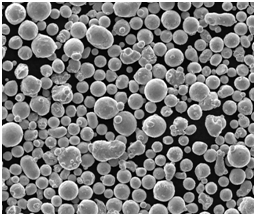
応用例 ピュアCoパウダー
純コバルト粉末は、航空宇宙、自動車、医療、エレクトロニクスに至るまで、様々な産業で使用されています。以下は、最も一般的な用途と、各分野にもたらす主な利点を示した表である。
| 産業 | 用途 | 主なメリット |
|---|---|---|
| 航空宇宙 | ジェットエンジン部品、超合金。 | 高い耐熱性、過酷な条件下での耐久性。 |
| メディカル | 歯科および整形外科用インプラント、補綴物。 | 生体適合性、耐食性、耐摩耗性。 |
| エレクトロニクス | 永久磁石、磁気記憶装置、センサー。 | 強い磁気特性、導電性。 |
| バッテリー技術 | リチウムイオン電池、二次電池用正極。 | 高い蓄電容量、長寿命。 |
| 触媒 | 石油・化学工業の精製に使用される。 | 表面積が大きく、触媒反応を促進する。 |
| 粉末冶金 | 焼結による高強度金属部品の製造。 | 優れた流動性と締固め性 |
仕様、サイズ、等級、規格 ピュアCoパウダー
特定の用途のためにコバルト粉末を選択する場合、その仕様を知ることが不可欠です。以下は、サイズ、等級、適用される業界標準を含む、最も重要な仕様の概要です。
| 仕様 | 詳細 |
|---|---|
| 粒子サイズ | 通常、0.1~100ミクロンの範囲である。 |
| 純度 | 製造方法にもよるが、通常は99%以上。 |
| グレード | ASTM F75、ASTM B838など様々なグレードが市販されている。 |
| 密度 | 粒子径と形状により異なるが、一般に8.9~9.1 g/cm³の間。 |
| 業界標準 | ASTM F75、ISO 5832-4、AMS 4775、コバルト合金および医療用。 |
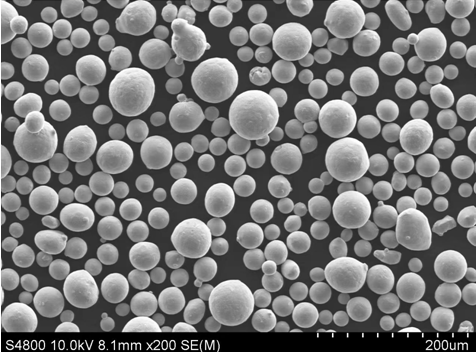
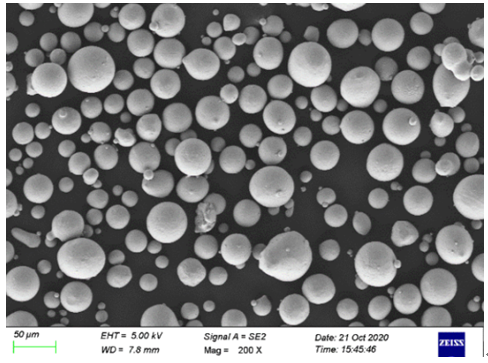
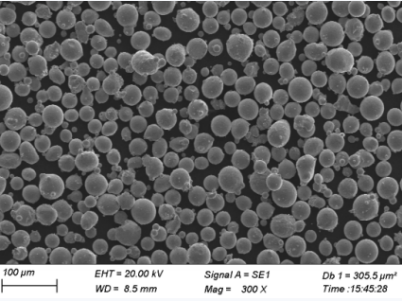
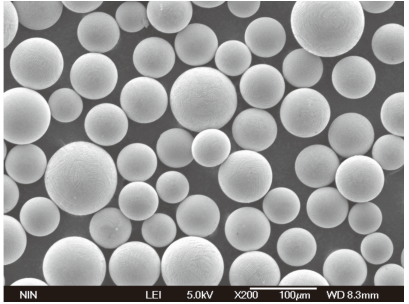
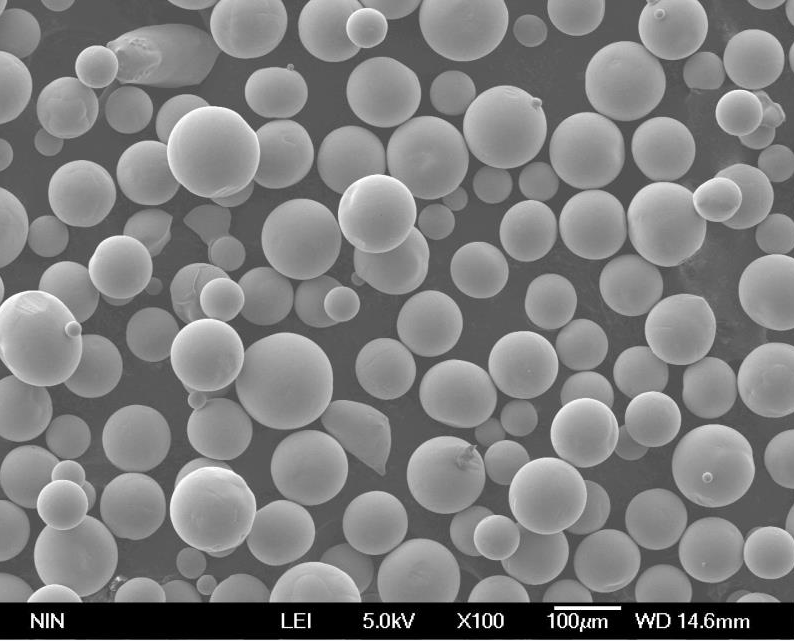
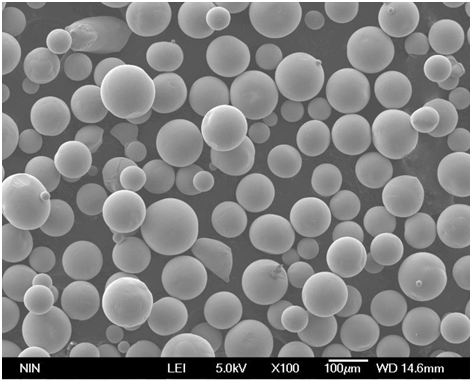
純Coパウダーのサプライヤーと価格
純コバルト粉末の価格は、純度、粒度、供給業者などの要因によって大きく異なります。下記は代表的な供給業者とその価格情報の表です。
| サプライヤー | 製品 | 純度 | 粒子サイズ | 価格(kgあたり) |
|---|---|---|---|---|
| アメリカの要素 | 超微粒子コバルトパウダー | 99.8% | 0.5~5ミクロン | $500 – $800 |
| アルファ・エーザー | 電解コバルト粉 | 99.5% | 10~50ミクロン | $400 – $600 |
| ナノグラフィ | コバルトナノ粒子 | 99.9% | <100 nm | $1,200 – $1,800 |
| スタンフォード先端材料 | 球状コバルト粉 | 99.7% | 15-45ミクロン | $450 – $700 |
| インフラマット | コバルトカルボニル粉末 | 99.9% | 1~10ミクロン | $600 – $900 |
純Coパウダーの利点と限界
純粋なCoパウダーは汎用性が高く、広く使われている素材だが、それなりの利点と限界がある。下の表で、それらを分解してみよう:
| メリット | 制限事項 |
|---|---|
| 高い耐熱性と耐食性 | 他の金属に比べて高価 |
| 電子用途の磁気特性 | 特定の環境における毒性の懸念 |
| 工具の優れた耐摩耗性 | 安全上、取り扱いに注意が必要 |
| 高性能合金に最適 | 大量調達が難しい |

よくある質問
| 質問 | 回答 |
|---|---|
| ピュアCoパウダーは何に使われるのですか? | 航空宇宙、エレクトロニクス、医療用インプラント、バッテリーなどの産業で使用されている。 |
| コバルト粉は磁性を持つのか? | そう、コバルトは強磁性体であり、磁気や電子の応用に役立つ。 |
| コバルト粉には毒性があるのか? | コバルト粉末の吸入や長時間の暴露は有毒であるため、適切な安全対策が必要である。 |
| コバルトパウダーの価格帯は? | 価格は純度と粒度によって異なり、通常1kgあたり400~1,800ドル。 |
| コバルト粉末は3Dプリンティングに使用できますか? | はい、球状コバルト粉末のような特定のタイプは、3Dプリンティング用途に最適です。 |
| コバルト粉はどのようにして作られるのか? | 電解法、カルボニル分解法、アトマイズ法などがある。 |
結論
高性能な特性を持つ純コバルト粉末は、様々な産業にとって不可欠な材料であり続けています。耐熱性、磁気特性、バッテリーや航空宇宙部品などの重要な用途のいずれにおいても、コバルト粉末は比類のない汎用性を提供します。コバルト粉末の種類、特性、供給元を理解することで、プロジェクトにおいて十分な情報に基づいた決定を下すことができ、ニーズに最適な材料を確実に入手することができます。

